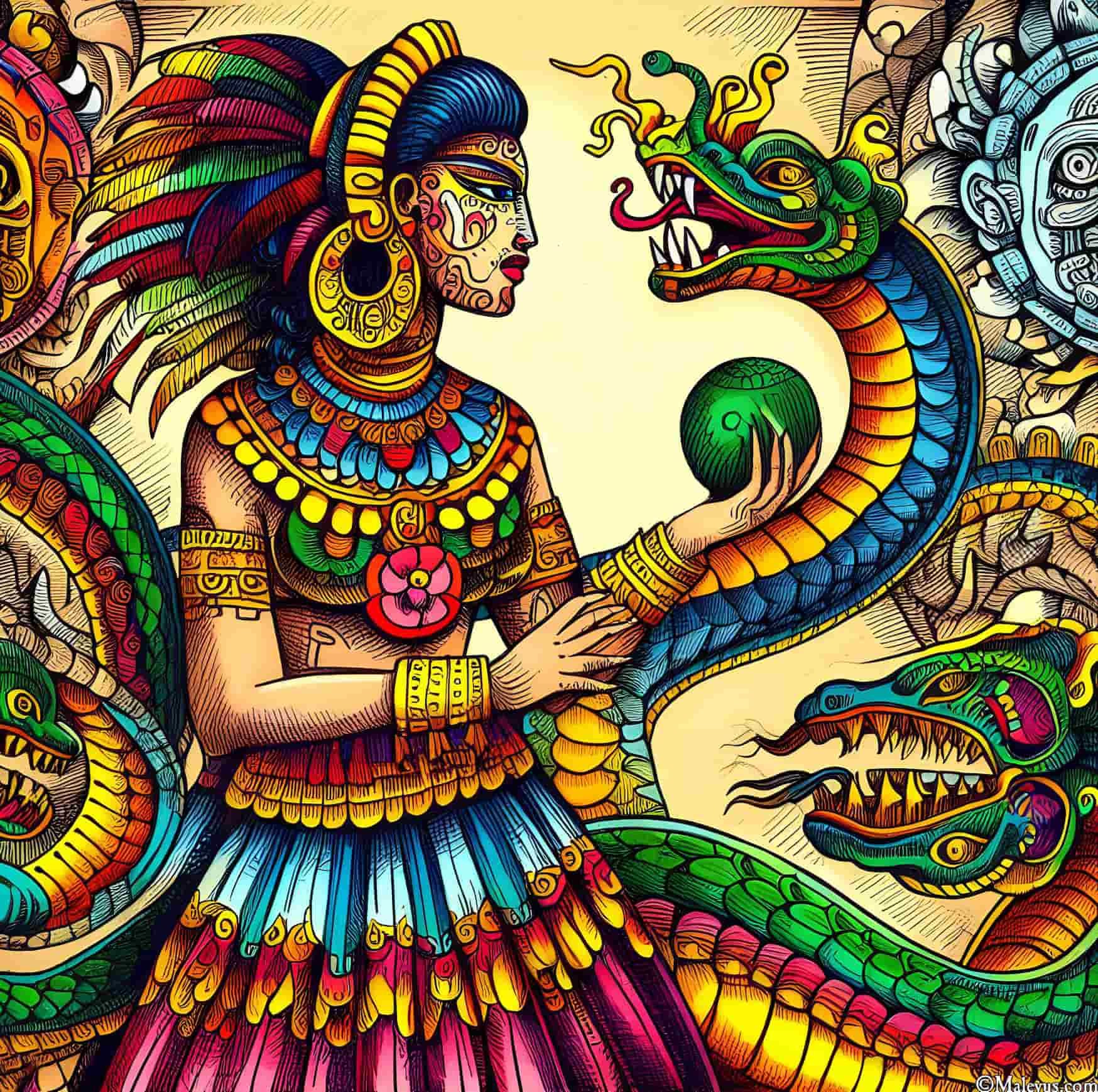Mictecacihuatl: Lady of the Death, Aztec Goddess of Underworld
Mictecacihuatl is meant to keep vigil over the remains of the dead. The Aztecs celebrated festivities in her honor and she was given the name "Lady of Death."

Mictecacihuatl is meant to keep vigil over the remains of the dead. The Aztecs celebrated festivities in her honor and she was given the name "Lady of Death."

